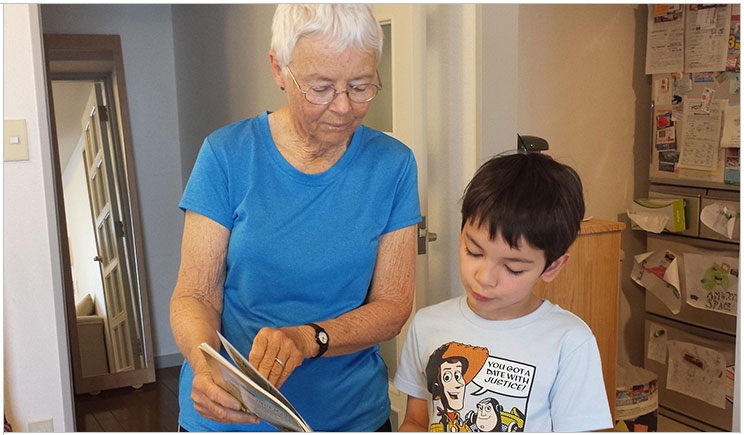
Today’s dentists may see multiple generations of patients: kids with tooth decay, parents who need root canals, and grandparents trying to preserve their teeth. Naturally, one size does not fit all in administering treatment.
There’s a growing awareness in the profession for the need for age-appropriate care, which means providing oral care and advice with an evidence-based clinical approach bespoke for all patients and their respective generations.
“Instead of being tooth-centric, we need to be more holistic in our planning of care and consider the patient’s age, medical history, environment, cultural, personal, and dental needs,” said Amanda Gallie, president-elect of the British Association of Dental Therapists (BADT).
For example, today’s children face a growing threat from tooth decay, with rates reaching epidemic levels in the United Kingdom. The British Dental Association says that children saw 40,970 extractions due to decay in 2014 and 2015, with the toll extending beyond their teeth.
“This generation faces a sugar epidemic, with drinks being the main threat. This has produced an increase in caries and obesity in children,” said Gallie. “Caries also affect the adults that bring them to the practice, through time out from work. Toothache is not pleasant for anyone.”
When it comes to pediatric care, today’s dental professionals are trying to respond earlier to developing lesions and gum disease with minimally invasive approaches. They also are striving to help families change their dietary behavior, particularly when it comes to sugary beverages.
On the other end of the spectrum, more senior citizens are retaining their teeth. According to the International & American Associations for Dental Research, edentulism prevalence has declined from 18.9% in 1957-1958 to 4.9% from 2009 to 2012, with a projected 2.6% rate by 2050. But that doesn’t necessarily mean their dental care has gotten easier.
“The elderly have complex medical histories and are keeping their permanent teeth, but sadly disappear into care homes and are being cared for by family,” said Gallie. “In these circumstances, access to and continuity of dental care can be a problem.”
Training is key to success, Gallie said. Not all facilities for senior citizens provide consistent dental care, which may be a matter of awareness. And as more families take care of their older parents and grandparents at home, they need to learn about oral care too, especially when it comes to noncarious hydration.
Communication is essential to resolving these issues regardless of the age of the patient, though the modes of communication may vary, Gallie said. And as communication technologies evolve, she said, dental staff must cater to all of their patients and their individual needs.
“Can the patient get to and from the practice, or do we need to deliver more care to the patient—whether they’re in a residential home or at school?” Gallie said. “Are the modes of communication that we use age-appropriate?”
In addition to oral health, Gallie said, dental professionals must learn about social considerations as well as medical considerations and work more with other medical professionals to evaluate their patients’ overall health and share ideas.
“The body is whole and doesn’t stop at the throat,” Gallie said. “The mouth is influenced so much by underlying systemic issues.”
Looking ahead, these shifting challenges will influence the way dentistry is practiced. Expenses keep rising, so team approaches can minimize costs and maximize appropriate delivery of care, Gallie said. Understanding systemic health and facilitating access to care, particularly among the elderly, represent the current sea changes.
“I think we will go out to see patients more in their settings and environments, and prevention messages and interventions will be more prevalent,” said Gallie. “I think we will link more with health visitors and nurses in education and clinical practice to facilitate a whole-body care approach. I look forward to that change.”
The BADT will examine all of these issues at its Cradle to Grey conference scheduled for September 23 to September 24 in Manchester. Topics will include periodontal disease and diabetes, medical challenges in dental patients, prescription rights, and management of root caries, as well as career pathways in age-related oral care.
“An increased understanding of age-appropriate interventions will improve patient outcomes to the benefit of us all,” said Gallie.
Related Articles
Osteoporosis Treatment May Fight Gum Disease, Too
Young British Smiles May Be Getting Better
Older Americans Still Face Barriers in Oral Healthcare


